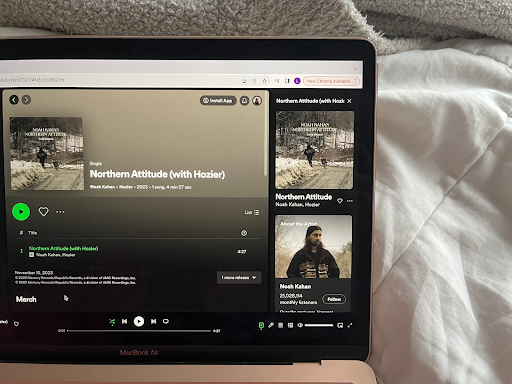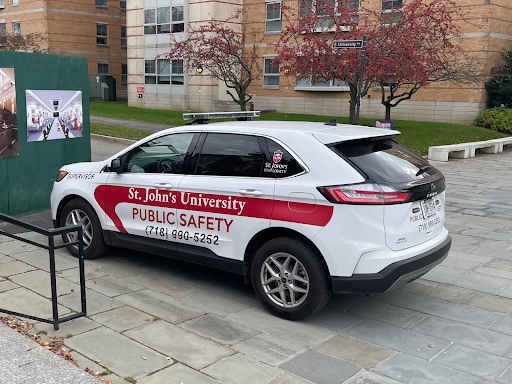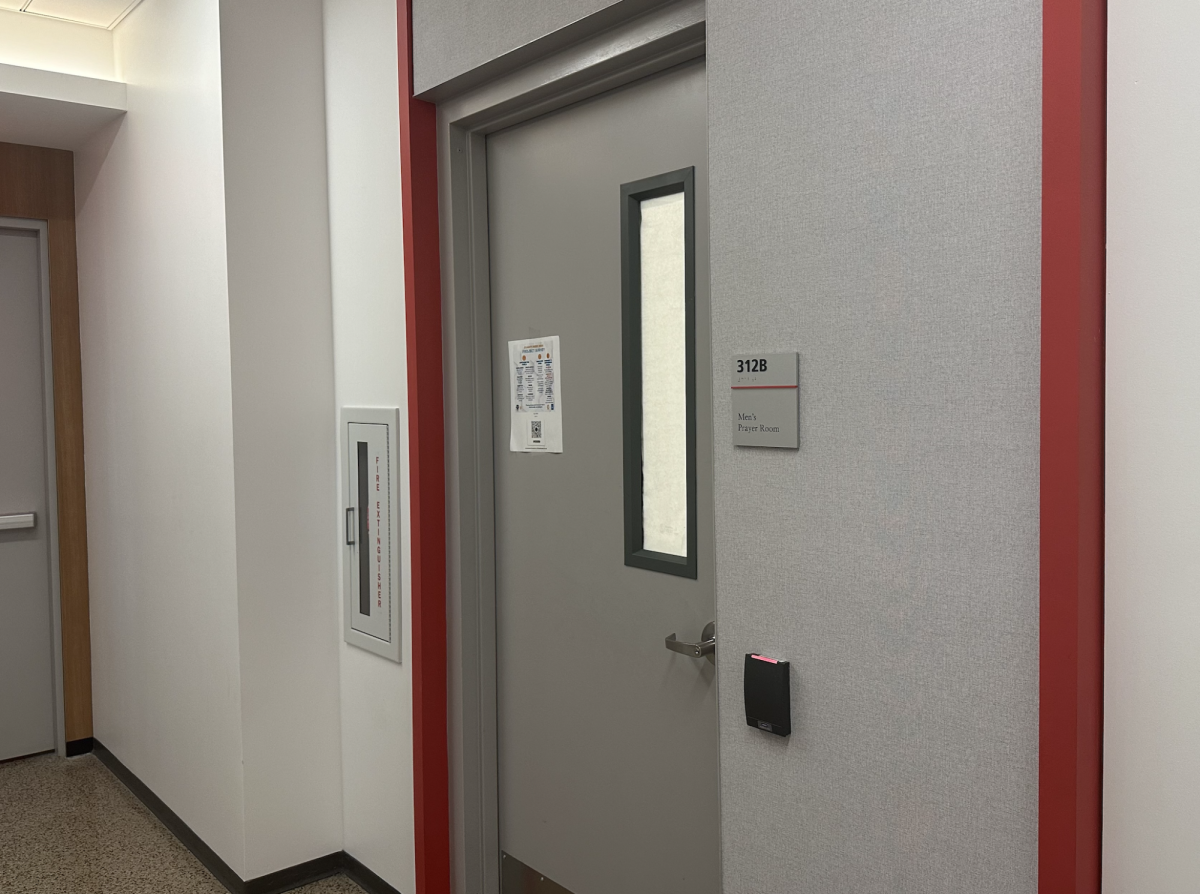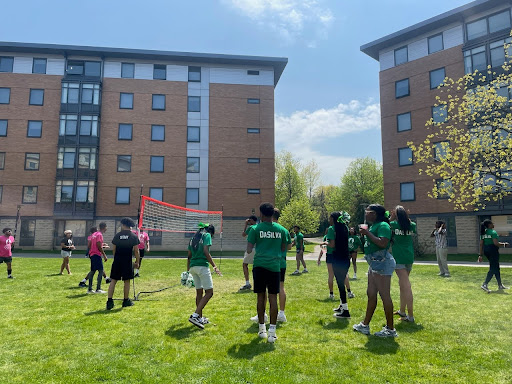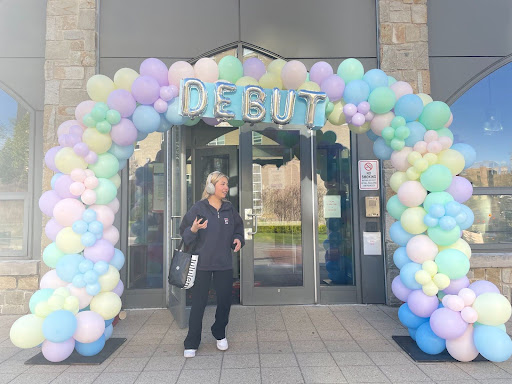
St. John’s University is one of 13 schools nationwide to have partnered with an upstart online sexual assault reporting system that says it’s having success nationwide in increasing the rate of documented incidents that lead to investigations.
Last spring St. John’s partnered with Callisto, a non-profit organization that began reaching out to colleges two years ago with the goal of increasing awareness of sexual assault policies and access to an online reporting portal to sexual assault survivors.
According to St. John’s media relations representative Jen Tucholski, the program was introduced on campus by the Sexual Violence Outreach, Awareness and Response Office (SOAR) during the annual Turn Off the Violence Week last April.
Callisto started with two schools in August 2015 and added two more last year. The number of sexual assault cases rose at those schools, which Callisto considers a positive development given the historically low rates of incidents that get reported.
“Nationally, less than 10 percent of survivors report their sexual assault,” said Anna Kim, Director of Communications and Marketing at Callisto. “We found that reports through Callisto Campus led to faster and more thorough investigations by schools.”
According to Tucholski, Callisto reached out to the University as part of a grant it received to expand the program. “The SOAR Office is always excited to broaden our prevention and response efforts we seized the opportunity to provide this new service,” Tucholski said.
Callisto developed technology to combat sexual assault, empower survivors and advance justice, according to the organization’s website.
Jessica Ladd, who founded Callisto’s parent non-profit company Sexual Health Innovations as a Johns Hopkins graduate student in 2011, said in a February 2016 TED Talk that she sees the problem of sexual assault on college campuses as tragic, but solvable.
“We started by talking to college survivors,” Ladd said. “They wanted a website, one they could use at the time and place that felt safest to them.”
The system was developed with trauma experts and survivors so Callisto could offer a survivor-centered and trauma-informed process for reporting and documenting sexual assault. It says on its website that its goal is for sexual assault survivors to use the website to:
(1) learn information about local reporting policies and resources
(2) save a time-stamped written record of what happened
(3) report the assault electronically to authorities or legal advisor,
(4) alert the university about someone accused of multiple assaults.
The St. John’s-specific reporting portal is at https://stjohns.callistocampus.org; students create an account with a username and password. The website offers three options: record, report and match.
The record feature captures as much information as students are willing to enter and saves reports with a time stamp.
The report feature electronically sends the information to campus authorities.
And the match feature potentially reports information to the university about someone accused of being perpetrator in more than one instance.
According to the SJU Callisto site, information sent through the website is reported to St. John’s Title IX Coordinator, Yael Wepman.
Within two days, it goes to Deputy Title IX Coordinator, Jackie Lochrie, who will reach out to schedule a follow-up discussion.
Callisto says students who used the website last school year, on average, created a record of their sexual assault three months after the incident and then reported it four additional months later–ultimately reporting seven months after the incident. Callisto says that’s faster than the national reporting average of 11 months after an incident.
The goal, Callisto says, is to give survivors the ability to feel as if they are sharing details in a safe space that within a matter of minutes goes directly to the University.
The “match” feature, which potentially sends a perpetrator’s information to the university if they are identified more than once in the system, was designed to give students confidence to go forward together if they do not feel comfortable doing so alone.
“We recognize that 90 percent of sexual assaults on campus are perpetrated by repeat offenders,” Kim said. “Our surveys with students found that the leading reasons students gave for reporting was to protect others and out of a sense of responsibility.”
Not every survivor knows his or her perpetrator. Students do not need to know the identity when they create a record although there is a place to include that information if needed.
St. John’s student, Kevin Barbour, thinks the program is a great idea for the University to use.
“People can feel comfortable coming forward about being sexually assaulted,” Barbour said.
Callisto says its research shows survivors who visited the website were five times more likely to report their assault.
“The confidential aspect will make students less afraid to report the sexual assault instances,” Barbour said. “The only problem I see with the program is people abusing it with jokes or instances that aren’t actual sexual assault. Other than that this sounds like a great idea.”
Another student, Amber Reese, likes the program’s goals but is less certain about the university’s follow through.
“I don’t know how much I believe SJU will make use of the program,” Reese continued. “Reporting to the authorities is one thing, making our university a safer place by acknowledging there’s a repeat offender and at the very least removing them from the dorms is another.”
Chevonese James, a junior, questioned how effective this program will be for sparking change.
“Like any college female you fear to ever be assaulted but sadly that does become a reality for some and some people just don’t even want to think of this happening,” James said. “Unfortunately I don’t think this system will help much.”
Callisto says the reports that students submit online are confidential and only viewed by the student and appropriate personnel at the University.
In its first two years at schools Callisto said it’s found that roughly 10-to-13-percent of students visit their school’s Callisto site. But it said around 97 percent of sexual assault survivors who visited Callisto would recommend it to a friend who was sexually assault.
“We’ve definitely been happy to see impact on our partner campuses,” Kim said.
Ladd, Callisto’s founder, added, “We can create [a world] where those who do wrong are held accountable, where survivors get the support and justice they deserve, where authorities get the information they need, and where there is a real deterrent to violating the rights of another human being.”
By becoming one of 13 universities to partner with the new website, St. John’s believes it’s doing its part to spark change. “Our hope,” Tucholski said, “is that students will connect each other to Callisto where they can find out about the resources St. John’s offers students.”
The University’s Callisto website offers reporting options, support services, and information on how to help a friend. Tucholski says SOAR “has trained all Executive Board Members of Student Organizations during the Student Leadership Conference, all Resident Advisors, and all Orientation Leaders.”
She added that information about the new reporting website has been made available to students at the Activities Fair, Wellness Fair and across specific offices of the University. She encourages students to visit the website for more information.













